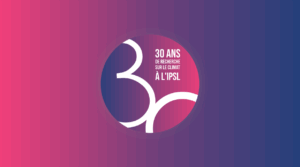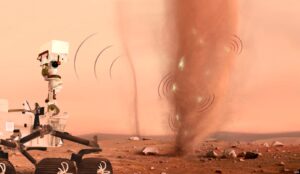Séminaire
Diel changes in the critical zone: Exploring hydrogeologic controls on tree water-use
Kamini Singha
Earth’s « critical zone », the zone of the planet from treetops to base of groundwater, is critical because it is a sensitive region, open to impacts from human activities, while providing water necessary for human consumption and food production.
Description
Séminaire de Kamini Singha
Quantifying water movement in the subsurface is fundamental to predicting how water-driven critical zone processes respond to changes in climate and human perturbation of the natural system.
Here, we investigate links between changes in evapotranspiration and subsurface water stores and water movement in two different systems. Electrical geophysical methods are central to the quantitative study of these problems in the deeper subsurface where we don’t have easy access for observation.
Specifically, we 1) explore how soil moisture is affected by daily transpiration using time-lapse electrical resistivity imaging on a highly instrumented ponderosa pine and the surrounding soil throughout a growing season in the Boulder Creek Critical Zone, Colorado, USA, and 2) investigate the origin of diel signals in soil moisture, groundwater, and stream stage on three forested hillslopes in the H.J. Andrews Experimental Forest in western Oregon, USA, to assess how the diurnal signal in evapotranspiration (ET) is transferred through the hillslope and into the stream.
We find transpiration-driven diel fluctuations in groundwater are limited to near-stream areas but not ubiquitous in space and time; near-stream geology and watertable depth controlled whether the influence of transpiration would be directly transferred to the water table or if it would be soil-moisture mediated. This study outlines the role of hillslope hydrogeology and its influence on the translation of evapotranspiration and soil moisture fluctuations to groundwater and stream fluctuations.
Informations supplémentaires
Vous pourrez suivre ce séminaire et de participer à l’échange via le lien suivant :
https://us02web.zoom.us/j/83834762736





